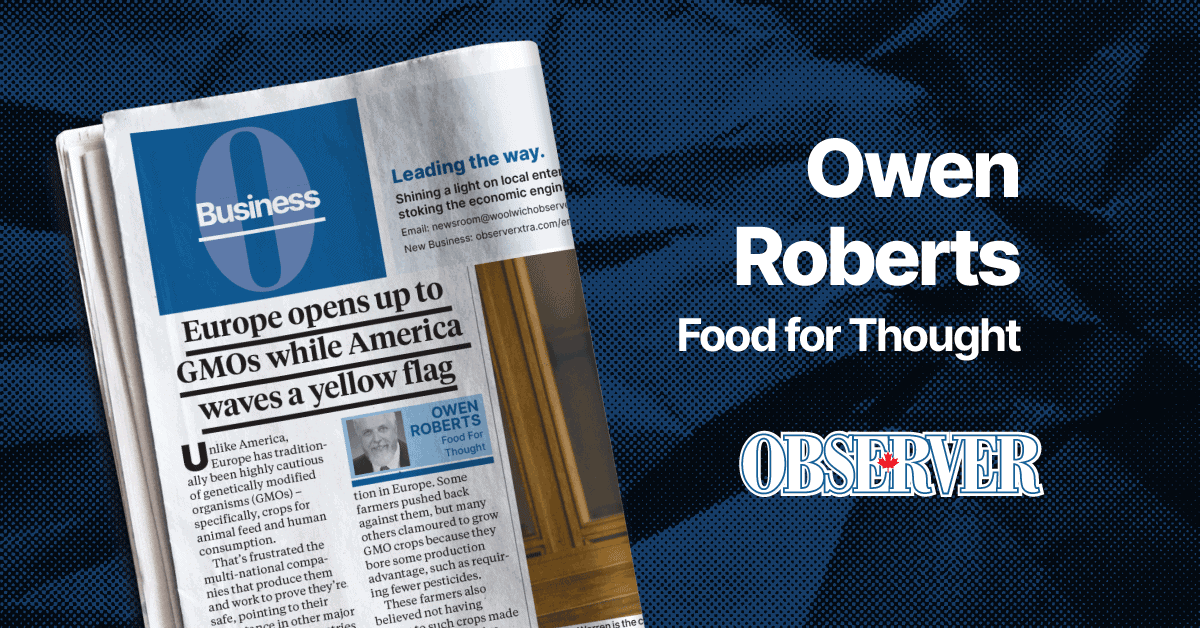;
;
;

Japan is an excellent market for Canadian food exports – sophisticated, well-heeled and discerning. It’s Canada’s third-largest market for agriculture and food overall, and the second largest for beef. But things went south for Canadian beef some 20 years ago, when a single animal in an Alberta catt
Last updated on May 03, 23
Posted on Apr 27, 23
2 min read
